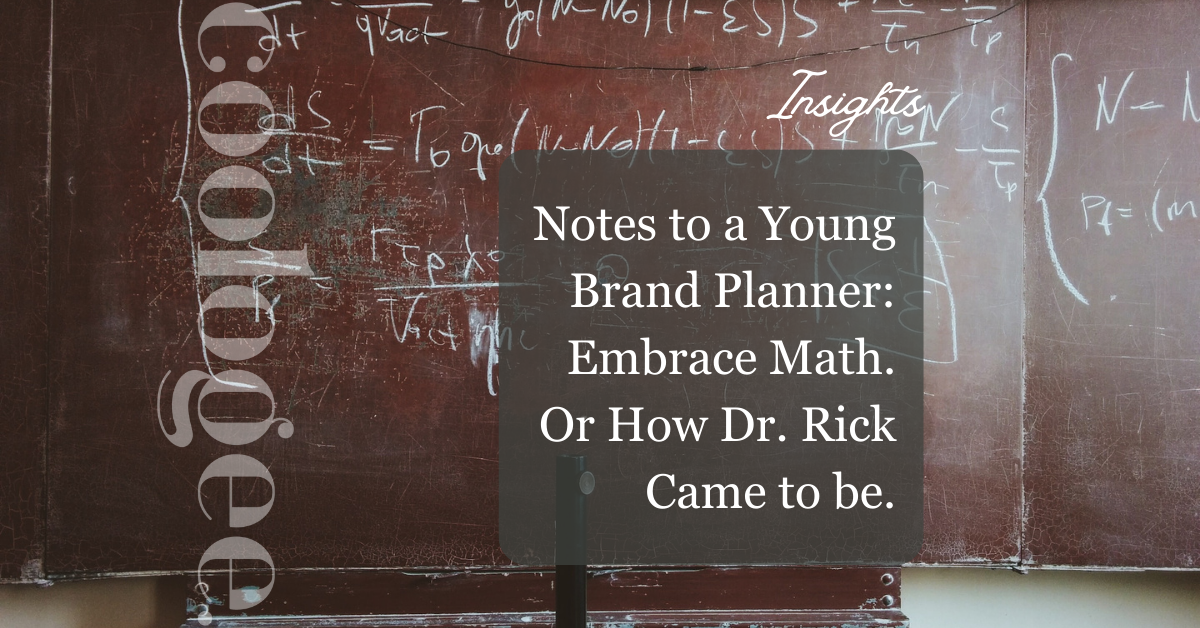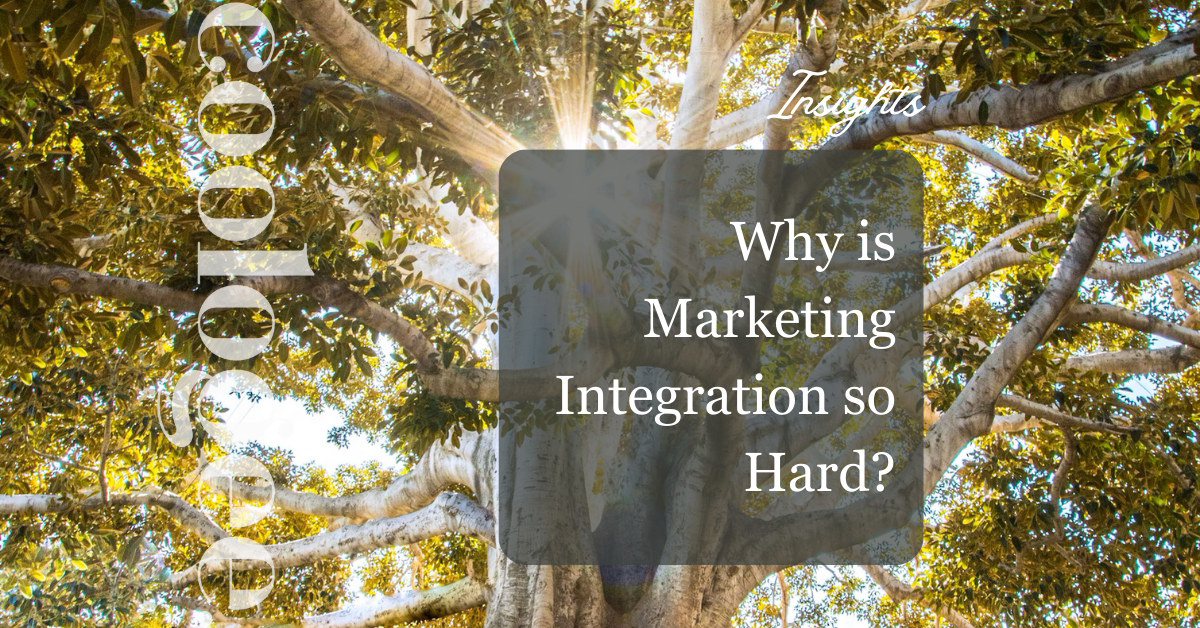Halloween Is a Big Deal in the US. But It Got Its Start in Ireland and Scotland.
The Halloween tradition began as a Celtic festival called Samhain (pronounced sow-wen). Held to mark the end of summer and the fall harvest, ancient Celts built bonfires to mark the beginning of the dark winter and ward off death. Believed to be a night when the veil between the living and the dead was thin, Celts tried to commune with deities and ancestors, wearing costumes and reading fortunes.
In the 1900s, Irish and Scottish immigrants brought the traditional stateside, celebrating the night by visiting neighbors asking for money or food, and engaging in tricks.
Over the years, the holiday has become uniquely American with people of all ages dressing up in costumes and taking to the streets to gather candy. Recently, my friend Nancy and her wonderful family came to visit from France. Given the French school system runs on an 8-week on, 2-week off system, they are enjoying time back in the States. Her sons have lived in Europe and the US, and they were excited to be able to celebrate Halloween here. “It’s just not a big deal in France,” her almost thirteen-year-old lamented.
I brought them to Party City where we bought a Batman costume and white gloves (her oldest was being a French mime). My youngest is trick-or-treating while the older two are staying home to give out the candy and enjoy the kids in costumes.
Check out some Halloween images through the ages. How are you celebrating the day?






 By
By


